On average, a timeinrange ( mg/dl) of 70% corresponds with an A1C of approximately 7%;A timeinrange of 50% corresponds to an A1C of approximately 8% Time in Range Goals Timeinrange goals are different for every person and may depend on medication, type of diabetes, diet (especially carb intake), age, health, and risk of hypoglycemiaYour test results will show your cholesterol levels in milligrams per deciliter of blood (mg/dL) Your total cholesterol and HDL (good) cholesterol are among numerous factors your doctor can use to predict your lifetime or 10year risk for a heart attack or stroke Your doctor will also consider other risk factors, such as age, family history
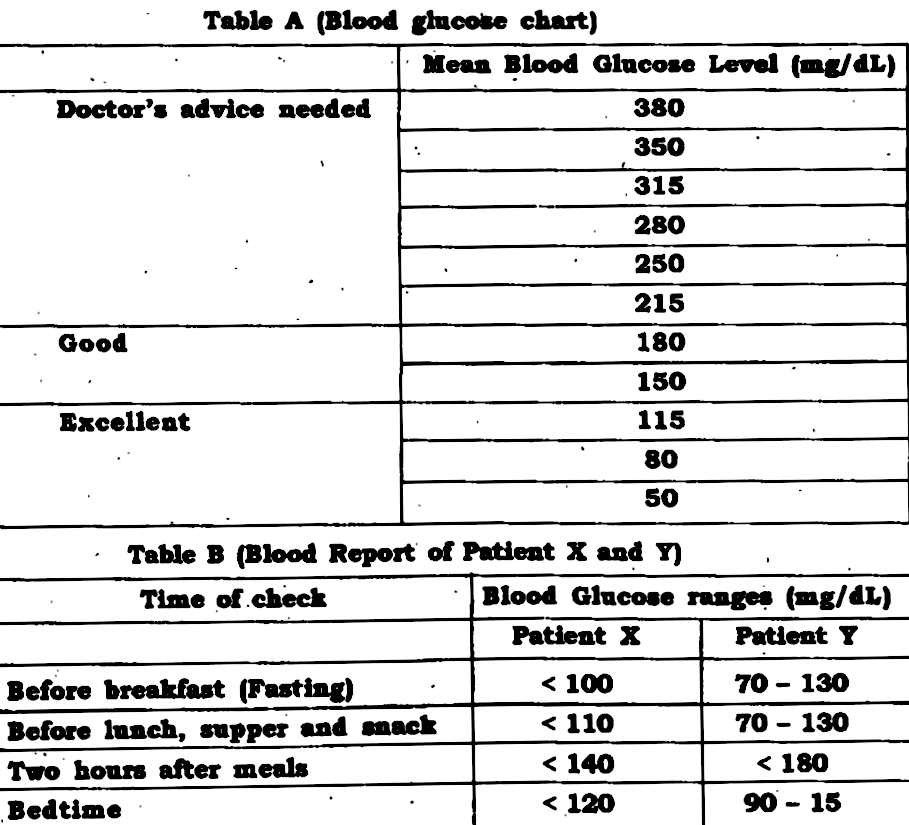
Question Are Based On The Two Tables Given Below Study These Tables Related To Blood Sugar Levels And Answer The Questions That Follow 1 Refer To Table B Showing The Blood Report Of The
What is 180 mg/dl in mmol/l
What is 180 mg/dl in mmol/l-Results Correlations among CGM metrics (TIR , time >180 mg/dL, time >250 mg/dL, mean glucose, area under the curve above 180 mg/dL, high blood glucose index, and time in range mg/dL) were typically 090 or greater Correlations of each metric with A1C were lower (absolute values at baseline and at month 6)A fasting blood glucose reading of 61 mmol/L (110 mg/dl) or less is considered normal The prediabetic range is more than 61 mmol/L to 69 mmol/L (> 110 mg/dl to 125 mg/dl) While this conversion chart for blood sugar levels is a good guideline, everyone's body responds differently Work with your doctor to set realistic goals specifically



1
We help you interpret your blood sugar values You have tested your blood sugar and the result was 180 mg/dl The corresponding A1C isA healthy blood sugar level is between 70 and 130 milligrams per deciliter (mg/dL) before meals and less than 180 mg/dL one to two hours after the start of a meal, according to the American Diabetes Association Three tests are commonly used to measure blood sugar levels A random plasma glucose test is a blood test that is done at any time of day Before a meal 80 to 130 mg/dL Two hours after the start of a meal Less than 180 mg/dL Your blood sugar targets may be different depending on your age, any additional health problems you have, and other factors Be sure to talk to your health care team about which targets are best for you
Normal nonfasting blood sugar levels should be less than 180 milligrams per deciliter (mg/dL) for those with diabetes, according to the ADA For those without diabetes, it's less than 140 mg/dL, according to Virginia Mason Diabetes Care A higher score means your blood sugar levels have been too high High blood sugar can hurt your kidneys, feet, and eyes Kaiser Permanente recommends that most people with diabetes aim for an A1c score of 7 percent or lower This means an eAG of 154 mg/dl or less Pregnant women with diabetes should aim for an A1c between 4 percent and 7 percent You can see glucose in your urine after the glucose in your blood exceeds 162 – 180 mg/dl which is the normal glucose threshold of the kidney excess glucose in urine is usually not a healthy concern, and of course there is nothing to call it the normal glucose levels in urinalysis
The mean cholesterol level in children is 180 mg/dL with standard deviation 39 mg/dL Assume this level varies from child to child according to an approximate normal distributionIf your blood glucose level is 100 to 125 mg/dL (56 to 69 mmol/L) What it means You have an impaired fasting glucose level (prediabetes**) If your blood glucose level is 126 mg/dl (70 mmol/L ) or higher on more than one testing occasion What it means You have diabetes *Values between 50 and 70 are often seen in healthy peopleBlood sugar 180 mg/dl (999mmol/l) is that good or bad?




Blood Sugar Level Wikipedia



D Nb Info 34
Normal triglyceride levels in the blood are less than 150mg per deciliter (mg/dL) Borderline levels are between 1500 mg/dL High levels of triglycerides (greater than 0 mg/dl) are associated with an increased risk of atherosclerosis and A longterm followup found LDL and nonHDL readings of more than 160 mg/dL were each linked with a 50 to 80 percent increased relative risk of cardiovascular disease mortality This can also be expressed as 80 mg/dL or a BAC of 008 A bloodalcohol content of 01 (01% or onetenth of 1%) means that there are 010 grams of alcohol for every deciliter of blood in the person's body at the time of the test



View Of Anaesthetic Management During Laparoscopic Resection Of A Functioning Beta Cell Tumour An Insulinoma Bmh Medical Journal Issn 2348 392x



Normal Blood Sugar Levels For Diabetics And Non Diabetics
I have heard under 180 mg/dL means the body has responded well to the meal but that still seems high My answer 180 mg/dl 2 hours postpartum is not awful However as it is just a snapshot of that time it doesn't really tell much If you want to see how well your body is responding to a meal you need to do more testing Less than 140 mg/dl if you do not have diabetes Less than 180 mg/dl if you have diabetes Levels in the Morning The best time to check blood sugar levels in the morning is right when you wake up and before you eat anythingStaggering, and slurred speech, may be observed Severe impairment of driving skills 015–02% (150–0 mg/dL) This is the blood alcohol level where a person appears drunk and may have severe visual impairment 02–03% (0–300 mg/dL) Vomiting, incontinence, symptoms of alcohol intoxication 03–04% (300–400 mg/dL)
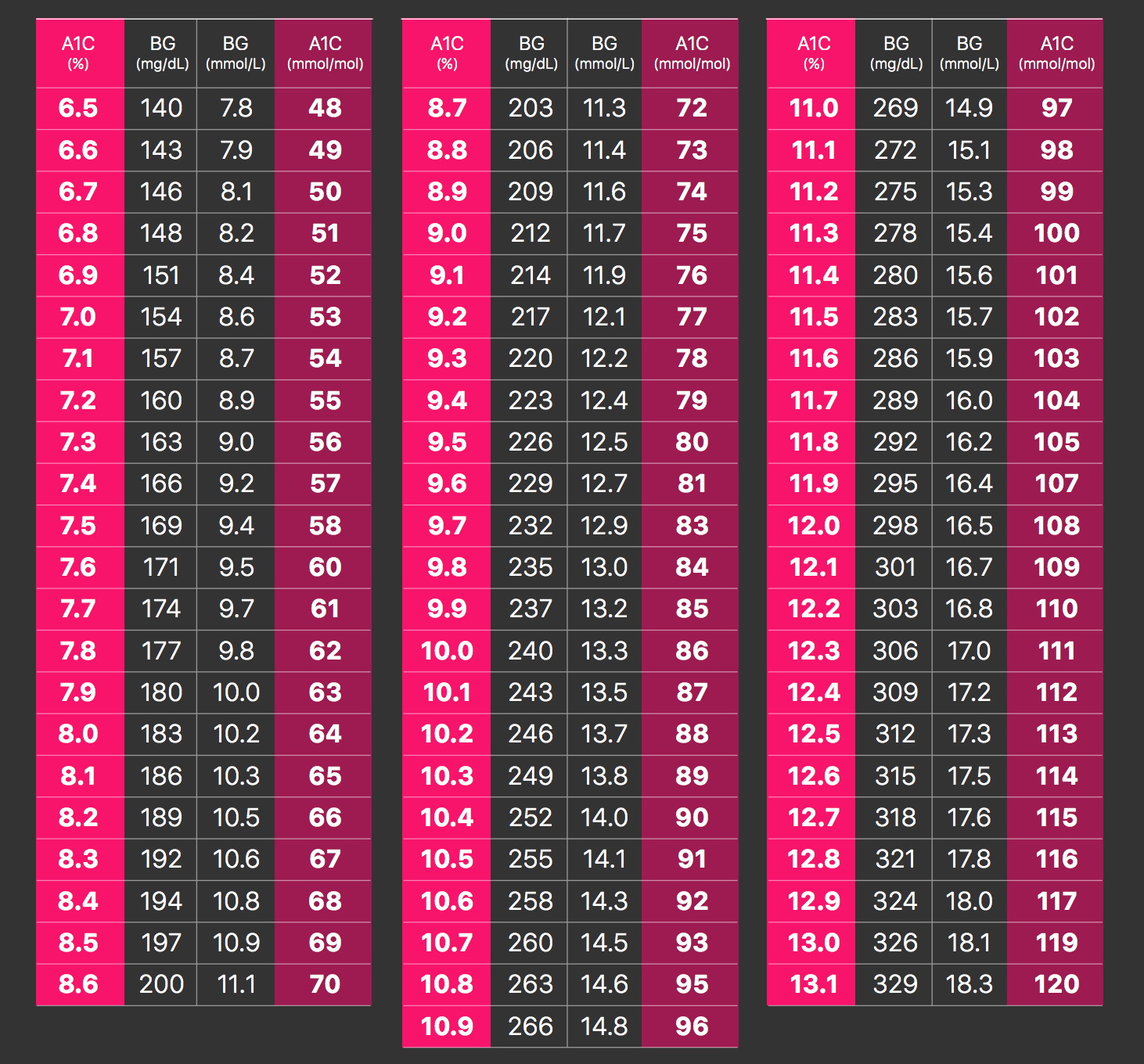



One Drop A1c Advice Change What You Consider A High Blood Sugar




Is My Blood Sugar Normal Diabetes Daily
1 hour greater than 180 mg/dL (100 mmol/L) 2 hour greater than 153 mg/dL (85 mmol/L) If only one of your blood glucose results in the oral glucose tolerance test is higher than normal, your provider may simply suggest you change some of the foods you eatTest results vary by age and are usually measured in milligrams per deciliter (mg/dL) Normal results for the twohour postprandial test based on age are For those who don't have diabetes less than 140 mg/dL For those who have diabetes less than 180 mg/dL If your blood glucose level is still high two hours after you've eaten, or if it isCholesterol 0 mg/dL 0 250 Your Cholesterol value of 180 mg/dL is normal A good Cholesterol is usually between 1 and 0 mg/dL While total cholesterol, LDL, HDL and triglyceride readings are individually important, recent findings indicate that a patient's nonHDL cholesterol reading may provide important information about a patient's cardiovascular health
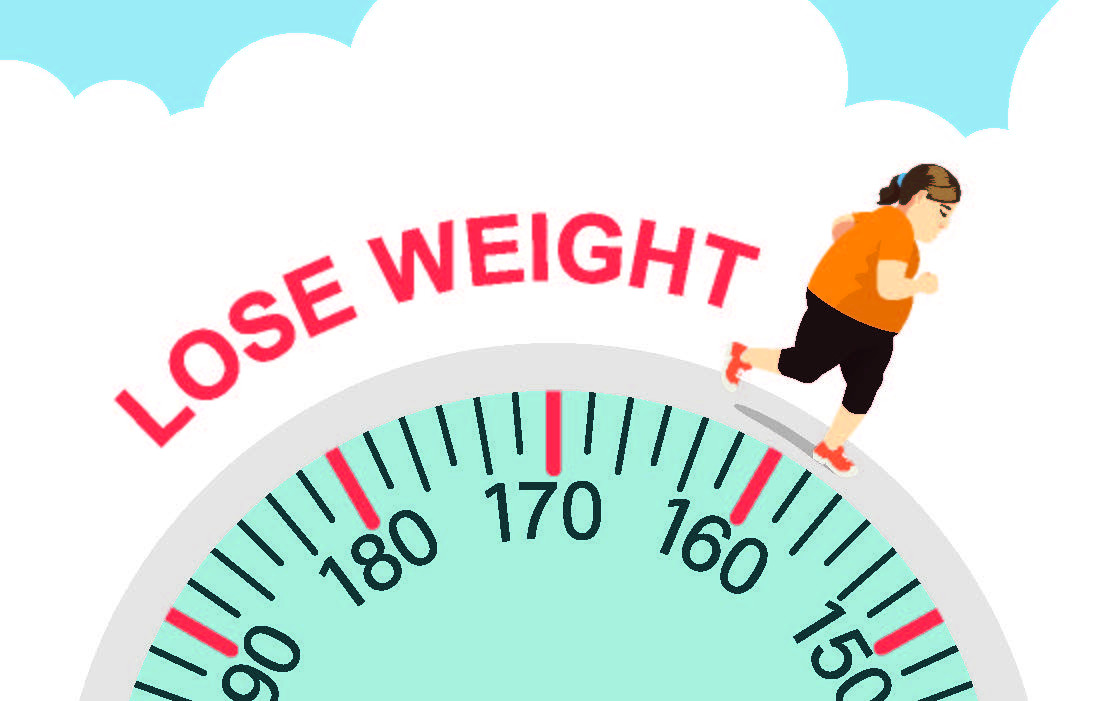



Are You On The Road To A Diabetes Diagnosis Harvard Health




Inpatient Management Of Diabetes And Hyperglycemia Clinical Therapeutics
Glucosuria usually occurs when the blood glucose level exceeds 180 mg/dL Glucosuria most commonly occurs in patients with diabetes, infections, myocardial infarction, liver disease, and obesity Thiazides, corticosteroids, and birth control pills may precipitate glucosuria Hyposthenuria means a persistently low urine specific gravity ofFor the majority of people with type 1 or type 2 diabetes, time in range (between 70 and 180 mg/dL, or 39 and 10 mmol/L) target of more than 70% is recommended, with each incremental increase of 5% towards this target being clinically meaningful At the same time, the goal is to minimize glycemic excursions a recommended target for a timeIn the United States, blood glucose test results are reported as mg/dL Medical journals and other countries use millimoles per liter (mmol/L) If your glucometer uses the mmol/L measure, convert to mg/dL by multiplying mmol/L by 18 Example 10 mmol/L x 18 = 180 mg/dL
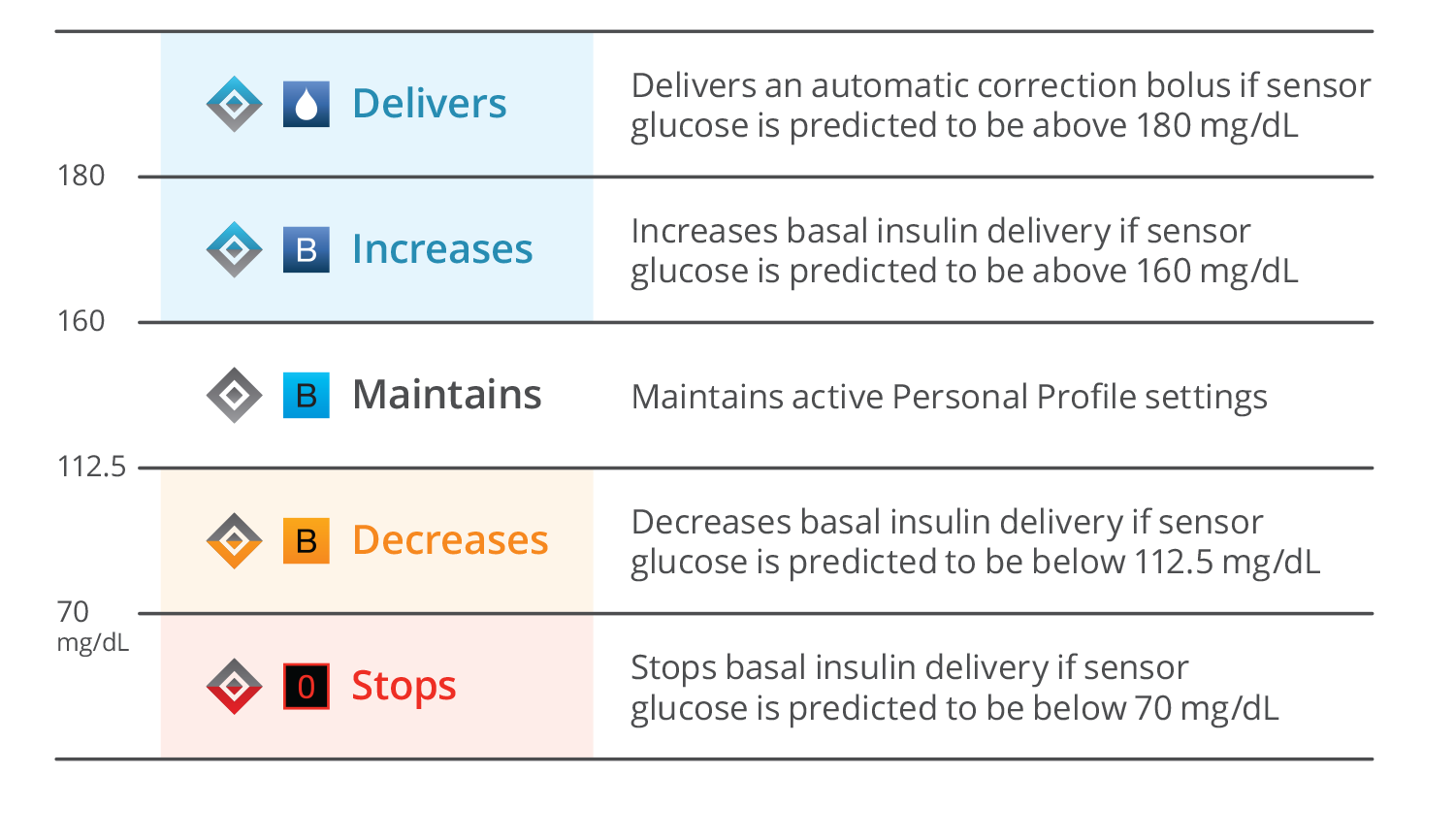



Control Iq Hybrid Closed Loop System For People With Diabetes Tandem Diabetes Care




Blood Glucose In Acute Coronary Syndromes How Low Should You Go Revista Espanola De Cardiologia
They can spike to over 300 mg/dl within the first hour, then, turning back to normal range from second hour and on Normal level of glucose 2 hours after eating should be less than 180 mg/dL So, it is important the time when you measured your blood sugar If it was within the first hour, then, it is perfectly within normal rangeGlucose control to a target level of 140 to 180 mg/dL is recommended for all critically ill patients Benefits of glucose control in the critically ill include lower incidences of infection, renal failure, sepsis, and death As with other protocols reviewed, the practitioner should follow hospital protocol to approach the blood glucoseFor example, the legal limit for ethanol concentration can be stated as 008 g/dL (008%), 80 mg/dL, or 17 mmol/L Blood alcohol concentrations will be different for each person They are based on things such as body weight, metabolism, and the amount of alcohol consumed



Ieeexplore Ieee Org Iel7 Pdf




Time In Range Diatribe
Based on observations that mean renal threshold for glucose is approximately 40 mg/dL (22 mmol/L) higher in patients with type 2 diabetes mellitus 18) than the commonly reported values of 180 to 0 mg/dL (10–11 mmol/L) in healthy individuals 19) and using a mean GFR of 100 mL/min, calculations suggest that elevated renal threshold forWhen you ask about a cholesterol level of 180 we assume you are referring to the "bad" LDL (Low Density Lipoprotein) Cholesterol that accumulates in the walls of the arteries and can cause all kinds of bad things, such as heart attack and stroke Triglyceride levels should be below 150 mg/dL (169 mmol/L) Levels between 150 mg/dL (169 mmol/L ) and 199 mg/dL (225 mmol/L) are considered borderline high Levels between 0499 mg/dL ( mmol/L) are considered high Levels above 500 mg/dL (564 mmol/L) are considered extremely high



What Are The Normal Blood Sugar Levels Quora




Blood Sugar Level Chart And Diabetes Information Disabled World
The mean cholesterol level in children is 180 mg/dL with standard deviation 39 mg/dL Assume this level varies from child to child according to an approximate normal distribution a What percentage of children has a cholesterol level above 0 mg/dLHigh Greater than or equal to 0 mg/dL Borderline 1144 mg/dL High Greater than or equal to 145 mg/dL Borderline mg/dL High Greater than or equal to 130 mg/dL Men aged years and older Borderline 0239 mg/dL High Greater than or equal to 239 mg/dL High Greater than 130 mg/dL Near optimal or above optimalHere are the levels, based on a fasting blood test Normal Less than 150 mg/dL Borderline 150 to 199 mg/dL High 0 to 499 mg/dL Very High 500 mg/dL
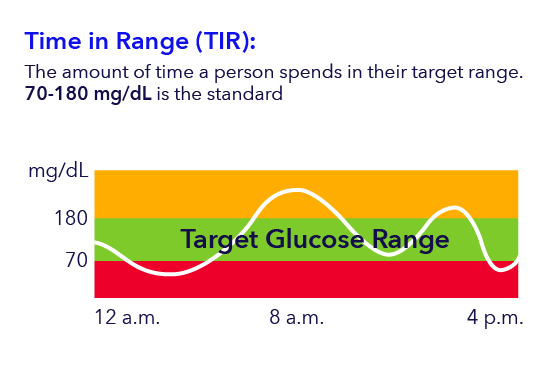



About Diabetes Time In Range Medtronic Diabetes



1
Therefore, according to the chart above, if the 180 mg/dL blood sugar level was from a Fasting Glucose Test, then it may indicate diabetes That means that if your blood sugar is 180 mg/dL or 10 mmol/L, your meter may display a result of 216 mg/dL (12 mmol/L) or 144 mg/dL (8 mmol/L) In practice, most meters are more accurate than that, but even an expensive hospital blood test using calibrated equipment has a 10% margin of errorMilligrams per decilitre (mg/dl), used in the United States and Europe, measures the concentration of glucose as a ratio of weight to volume Millimoles per litre (mmol/l), used in the United Kingdom, measures the concentration of glucose as a ratio of molecules to volume




What Is Considered A Normal Blood Sugar Level



Ijcp
Before meals From 70 to 130 mg/dL (39 to 72 mmol/L) for adults After meals (1 to 2 hours after eating) Less than 180 mg/dL (100 mmol/L) forMg/dl 40 42 44 46 48 50 52 54 56 58 mmol/L 22 23 24 26 27 28 29 30 31 32 mg/dl 60 62 64 66 68 70 72 74 76 78 mmol/L 33 3 Blood glucose typically varies from 4 mmol/L to 6 mmol/L for people without diabetes Blood sugar (also called blood glucose) needs to be tightly controlled in the human body to minimise the risk of complications developing Formula to calculate mmol/l from mg/dl mmol/l = mg/dl / 18 Formula to calculate mg/dl from mmol/l mg/dl = 18 × mmol/l
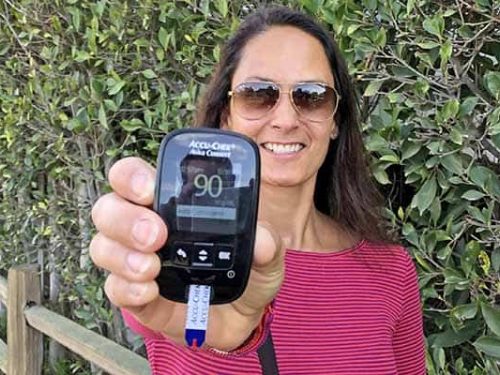



What Are Normal Blood Sugar Levels Diabetes Strong




Refer To The Table A And Suggest The Value Of The Mean Blood Glucose Level Beyond Which Doctor S Brainly In
Health care providers can now report A1C results to patients using the same units (mg/dl or mmol/l) that patients see routinely in blood glucose measurements The calculator and information below describe the ADAG Study that defined the relationship between A1C and eAG and how eAG can be used to help improve the discussion of glucose control The American Diabetes Association (ADA) recommends a reading of 180 mg/dl or less two hours after a meal Although a reading of 140 180 mg/dl may be regarded as normal during this 2hour window, it signals the onset of hyperglycemia Slightly increased readings may be due to eating too much carbs at mealtimeAccording to the American Diabetes Association, a normal fasting blood glucose level is between 70 to 100 milligrams per deciliter and the recommendation is to aim for 70 to 130 milligrams per deciliter when fasting and less than 180 milligrams per deciliter after meals



What Is The Normal Glucose Level For A Teenager Quora



2
Over 180 mg/dL (over 10 mmol/l) Blood sugar level values are a bit different because of unit conversions – from mg/dl to mmol/l If you found yourself to have high blood sugar levels – you can lower your BS by maintaining normal body weight, eating healthy and by physical activityMg/dL Yellow Flag Blood sugar is above normal levels When blood sugar levels are high, it can indicate that the body does not have enough insulin or glucose lowering medication Levels may be elevated due to a large meal, if you have an illness or infection, are stressed, or are inactiveConversion Table for Blood Glucose Monitoring People from outside the US may find this table convenient for converting US blood glucose values which are given in mg/dl into values generated by their blood glucose meters, which are generated in mmol/L mmol/L
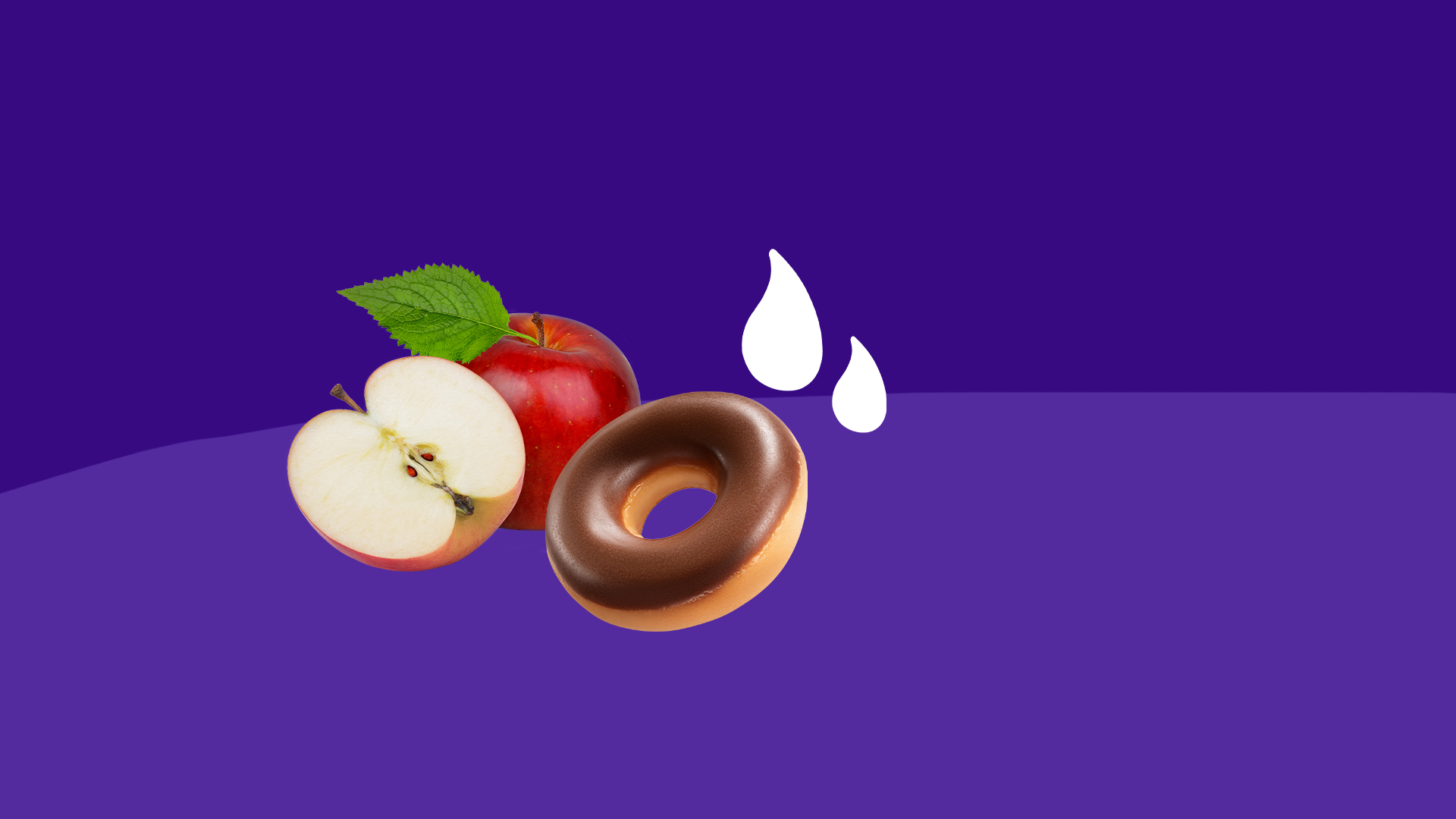



Normal Blood Glucose Levels What Should My Blood Sugar Level Be




Pharmacokinetics Gvoke Glucagon Injection



2
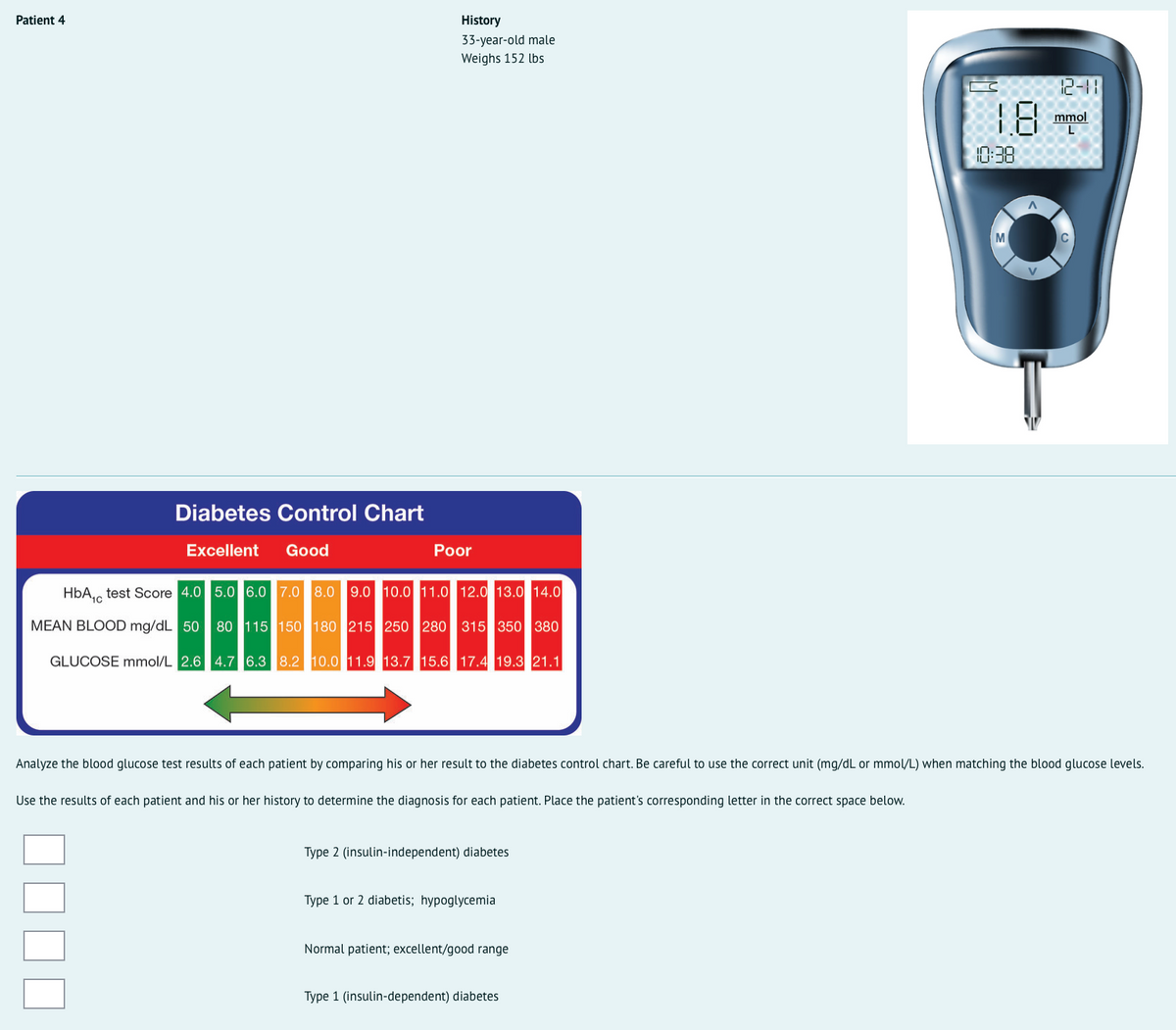



Answered Diabetes Control Chart Excellent Good Bartleby
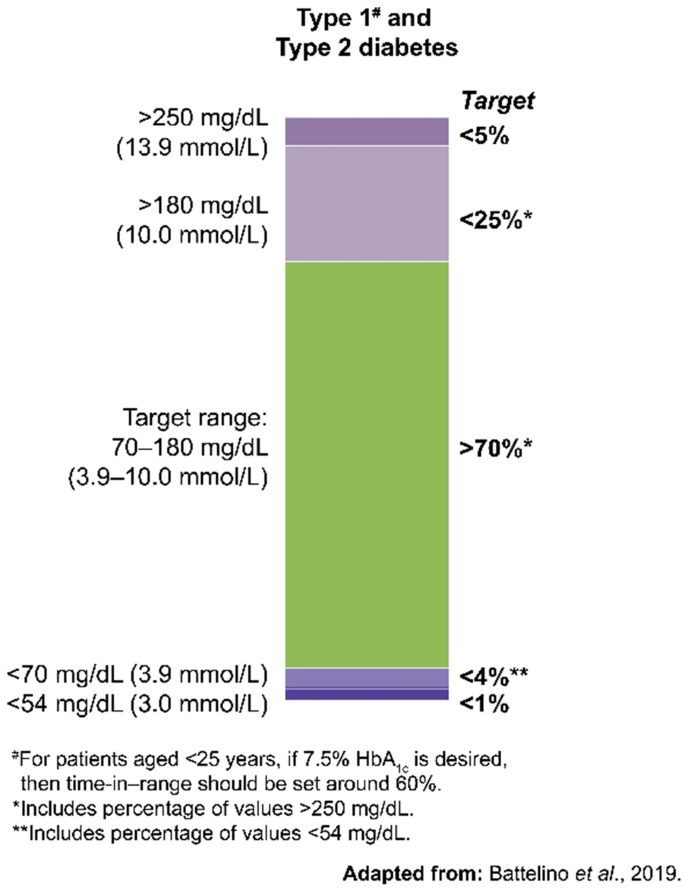



Individualizing Time In Range Goals In Management Of Diabetes Mellitus And Role Of Insulin Clinical Insights From A Multinational Panel Springerlink




Expert Column A Diabetes Outcome Progression Trial
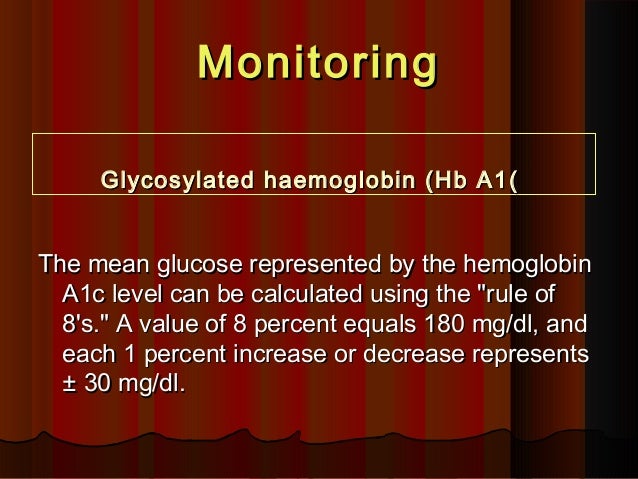



Gestational Diabetes



1
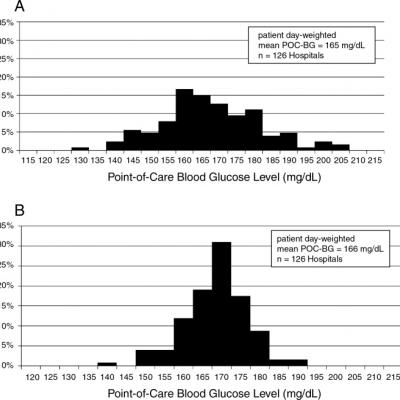



Inpatient Glucose Control Journal Of Hospital Medicine




Mmol L To Mg Dl Conversion Share Fudiabetes



Plos One Various Blood Glucose Parameters That Indicate Hyperglycemia After Intravenous Thrombolysis In Acute Ischemic Stroke Could Predict Worse Outcome



2
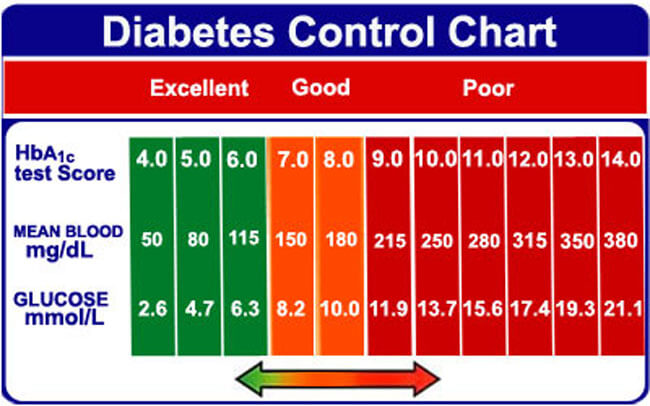



Printable Blood Sugar Charts What Is Normal High And Low Level
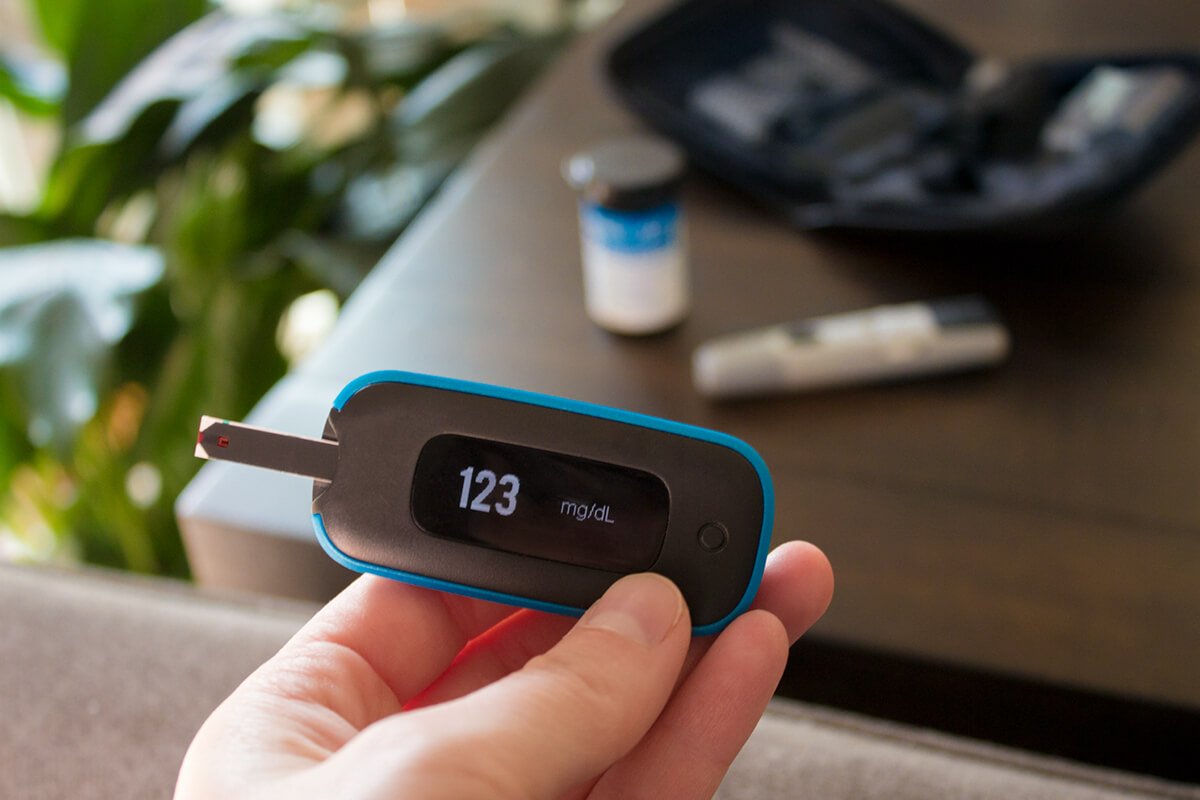



Blood Sugar Levels What Is Normal Low Or High More
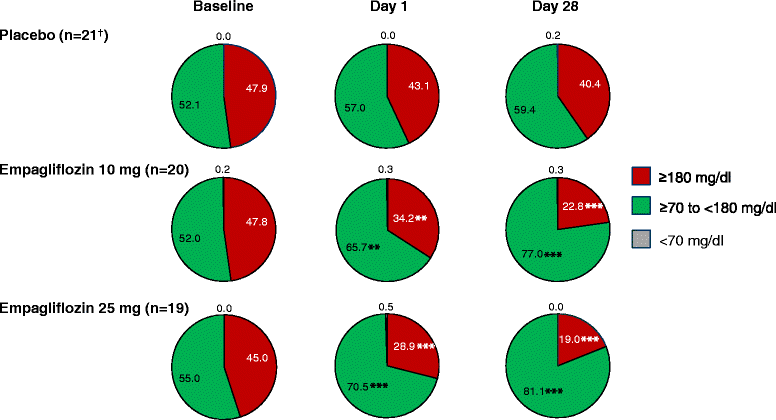



Effect Of Empagliflozin Monotherapy On Postprandial Glucose And 24 Hour Glucose Variability In Japanese Patients With Type 2 Diabetes Mellitus A Randomized Double Blind Placebo Controlled 4 Week Study Cardiovascular Diabetology Full Text




Glucose Test Ppt Download
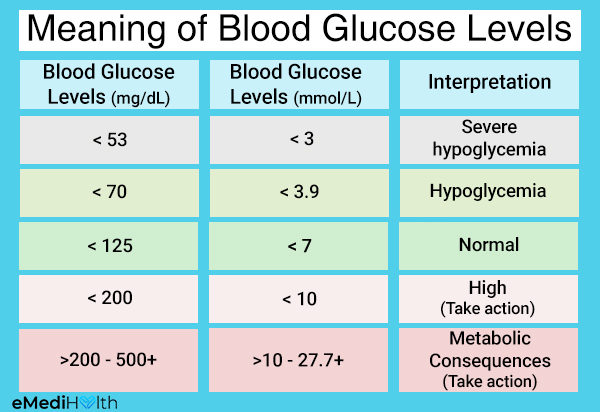



Diabetes 101 How To Lower Blood Sugar Levels Emedihealth
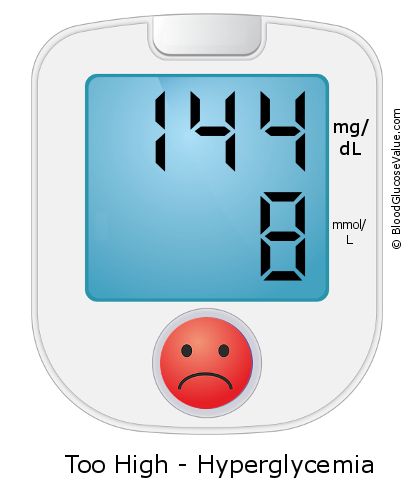



Blood Glucose 144 Mg Dl Tested Is It Bad Bloodglucosevalue Com
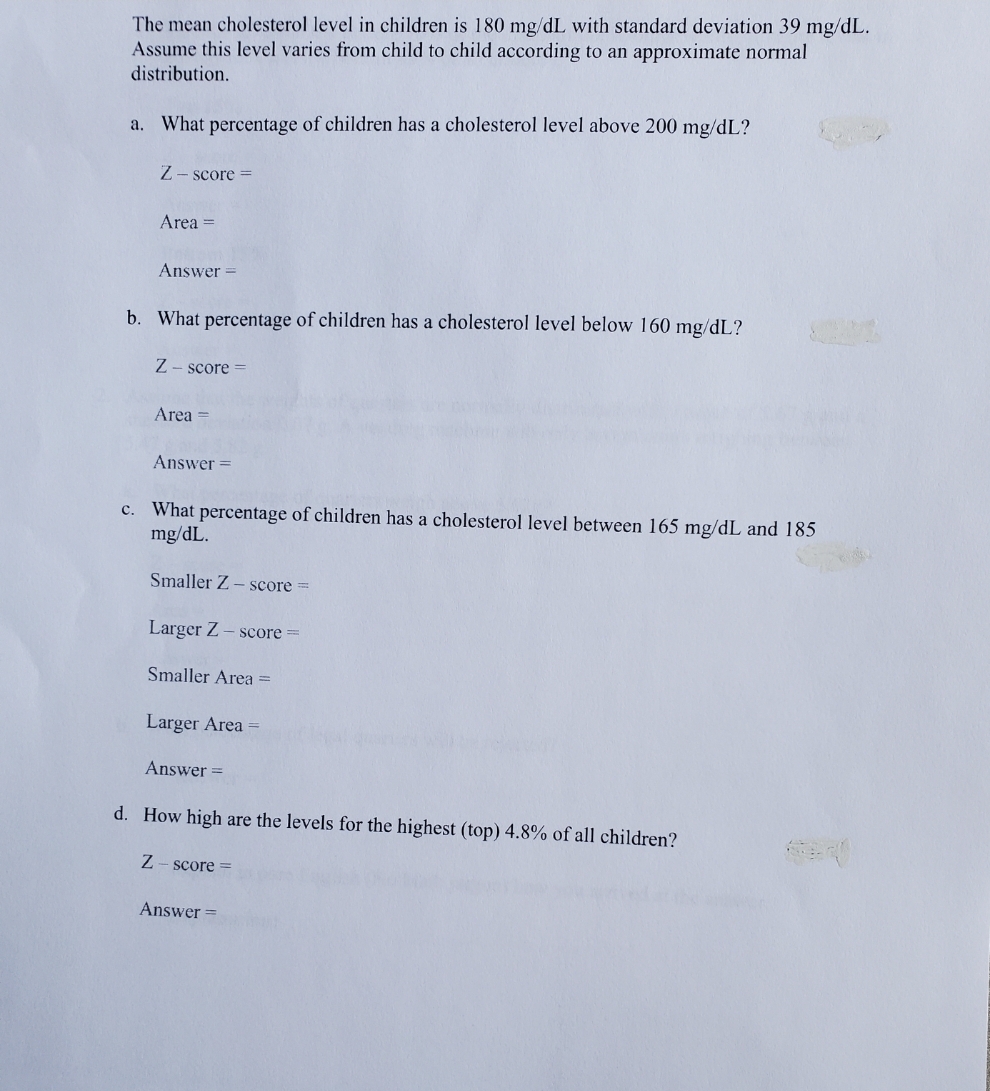



Answered The Mean Cholesterol Level In Children Bartleby




What Should Your Glucose Levels Be Here S The Ultimate Guide To Healthy Blood Sugar Ranges Levels




The Mean Cholesterol Level In Children Is 180 Mg Dl Chegg Com




Implementing An Intensive Glucose Management Initiative Strategies For Success Critical Care Nursing Clinics




Time In Range Diatribe




Management Of Diabetes And Hyperglycaemia In The Hospital The Lancet Diabetes Endocrinology




What Should Your Glucose Levels Be Here S The Ultimate Guide To Healthy Blood Sugar Ranges Levels
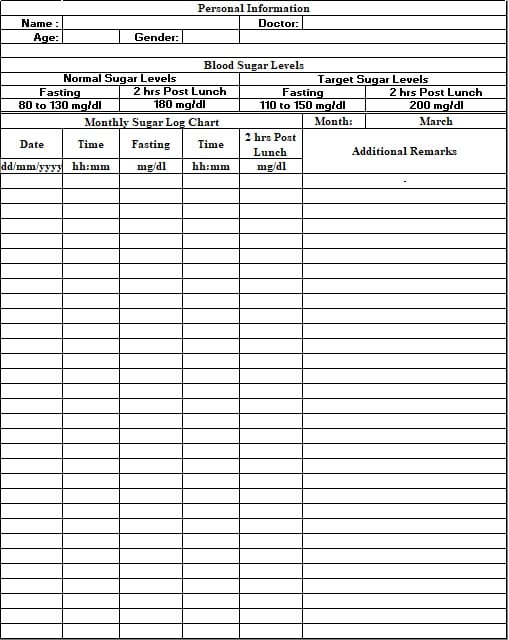



Download Monthly Blood Sugar Log With Charts Excel Template Exceldatapro
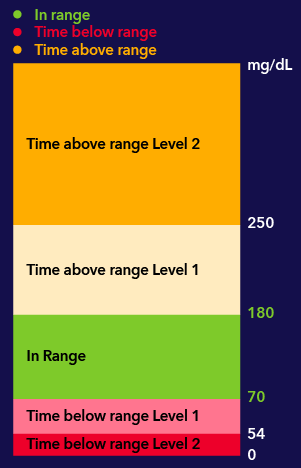



About Diabetes Time In Range Medtronic Diabetes




Figure 11 Study Igbj Mean Glucose Concentrations Post Glucagon Dose Mmol L Mg Dl Clinical Review Report Glucagon Nasal Powder Baqsimi Ncbi Bookshelf
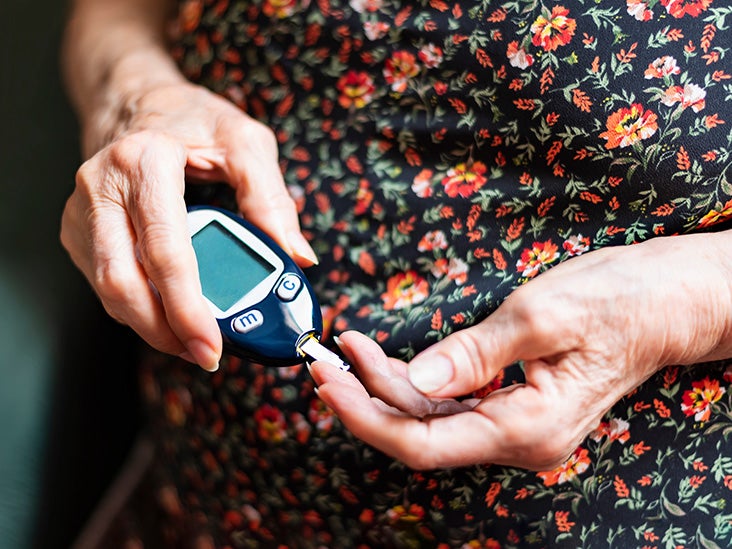



Glucose Blood Test What Are Normal Blood Sugar Levels



1




Heart Rate Informed Artificial Pancreas System Enhances Glycemic Control During Exercise In Adolescents With T1d Deboer 17 Pediatric Diabetes Wiley Online Library




Normal Blood Glucose Levels What Should My Blood Sugar Level Be




Blood Sugar Glucose Conversion Chart Mmol L To Mg Dl Disabled World




Question Are Based On The Two Tables Given Below Study These Tables Related To Blood Sugar Levels And Answer The Questions That Follow 1 Refer To Table B Showing The Blood Report Of The
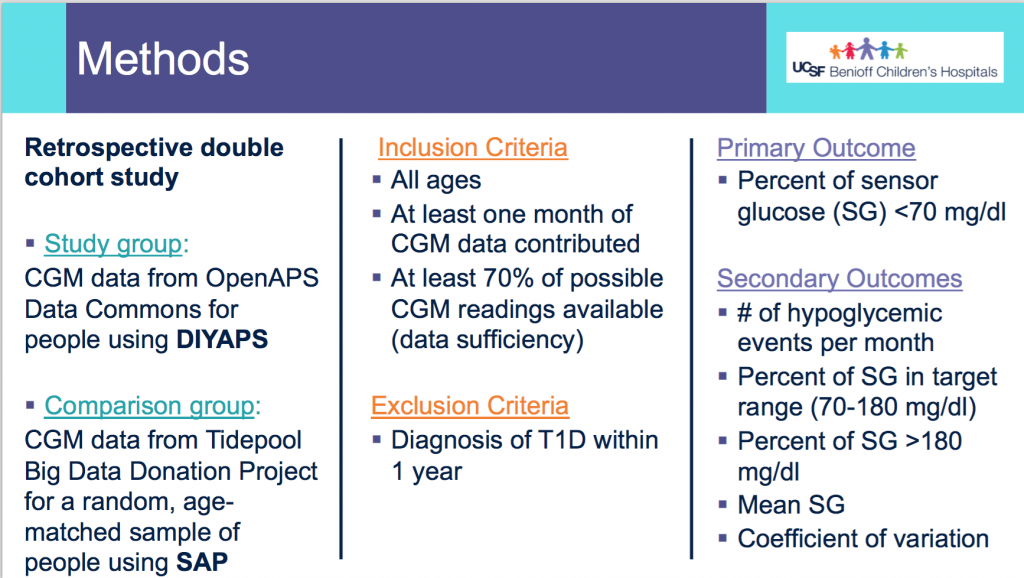



Poster And Presentation Content From Danamlewis At Ada And Ddata Diyps Org




Diabetes Ha1c Test Richard And Pamela Myers Blog




Association Between Fasting Glucose And All Cause Mortality According To Sex And Age A Prospective Cohort Study Scientific Reports



2
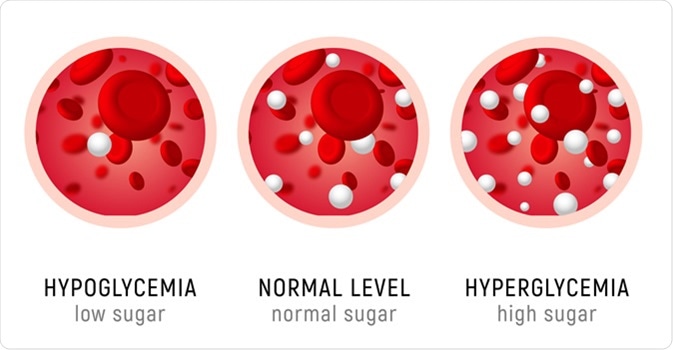



What Is Hyperglycemia
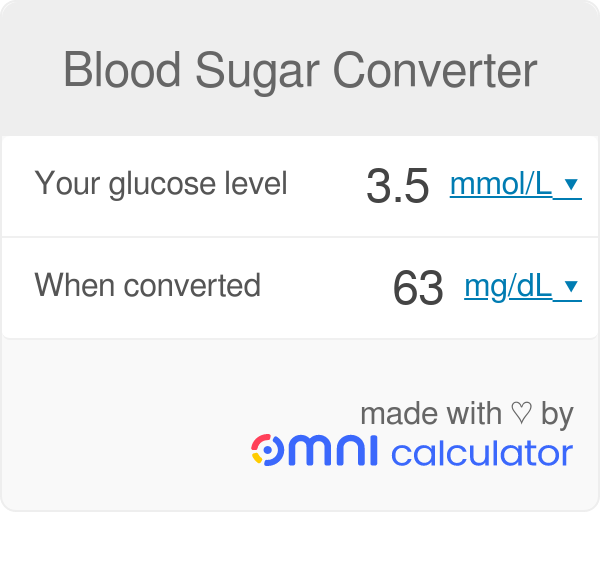



Blood Sugar Calculator Convert Glucose Units



1



Coping Us Images A1c To Blood Glucose Conversion Table Pdf




Glucose Lowering Targets For Patients With Cardiovascular Disease Circulation




Association Between Achieving Inpatient Glycemic Control And Clinical Outcomes In Hospitalized Patients With Covid 19 A Multicenter Retrospective Hospital Based Analysis




Association Between Achieving Inpatient Glycemic Control And Clinical Outcomes In Hospitalized Patients With Covid 19 A Multicenter Retrospective Hospital Based Analysis
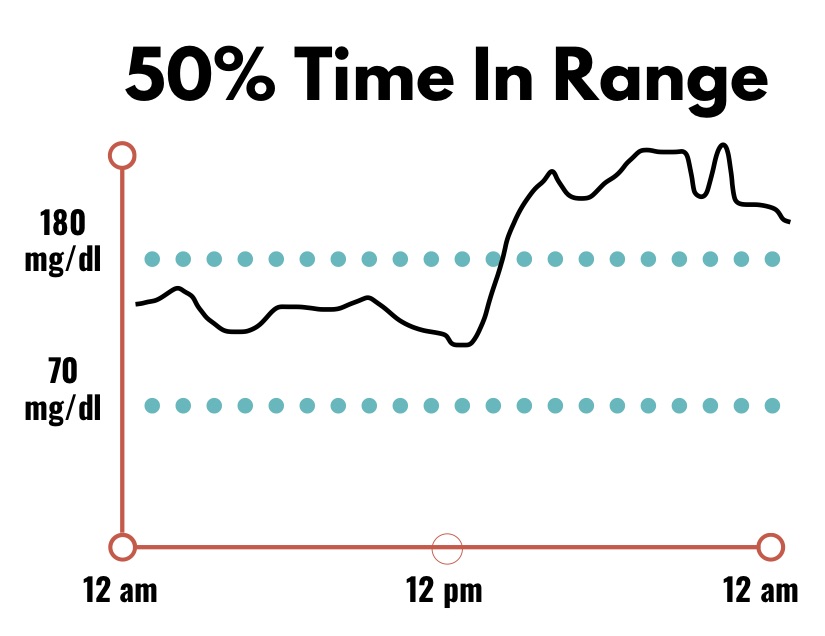



Time In Range Diatribe
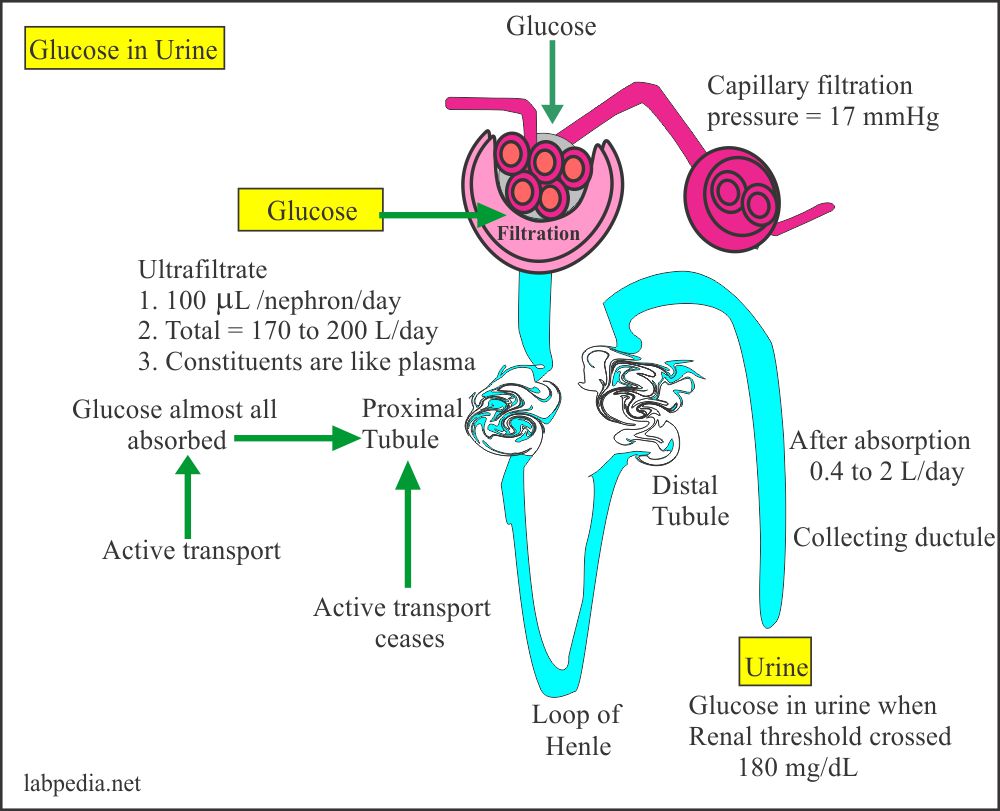



Diabetes Mellitus Part 5 Glucose In Urine Glycosuria Urine Sugar Benedict S Solution Labpedia Net




Blood Sugar Levels Ranges Low Normal High Chart



Normal Blood Sugar Levels For Diabetics And Non Diabetics



2
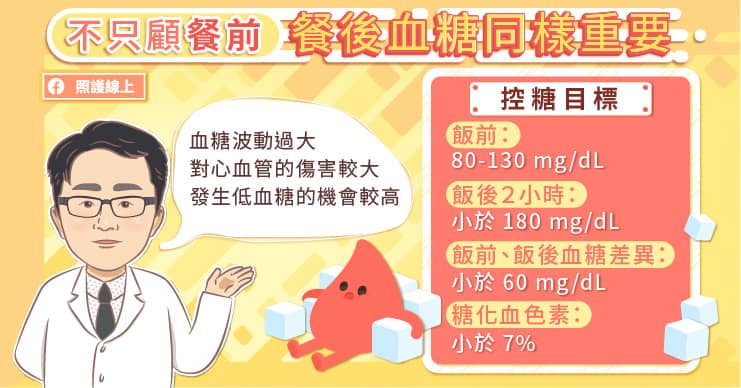



The Invisible Killer Of Covid 19 Happy Hypoxia Why Does It Happen How To Prevent It Pansci Newsdir3




Assessing The Effect Of Various Blood Glucose Levels On 18f Fdg Activity In The Brain Liver And Blood Pool Journal Of Nuclear Medicine Technology




Empirically Establishing Blood Glucose Targets To Achieve Hba1c Goals Abstract Europe Pmc




Randomized Controlled Trial Of Mobile Closed Loop Control Diabetes Care




1 5 Anhydroglucitol As A Useful Marker For Assessing Short Term Glycemic Excursions In Type 1 Diabetes




Glucose Lowering Targets For Patients With Cardiovascular Disease Circulation




Insulin Titration At Home Diabetes And Coronavirus Intolife




Blood Sugar Chart What Is Normal Blood Glucose Lark Health




180 Sugar Level Diabetestalk Net




Blood Sugar Chart What Is Normal Blood Glucose Lark Health




Mean Blood Glucose Levels Achieved After Achieving A Blood Glucose Level Download Scientific Diagram




What Is Normal Blood Sugar Level




Diabetes Case Study Yelena Tkachenko Farin Farahzadi Lilyan




6 Glycemic Targets Standards Of Medical Care In Diabetes Diabetes Care
/what-is-a-total-cholesterol-level-698073-b6bf870bf8a149bebb755fdcb31aa82c.png)



Should You Worry About Having High Cholesterol



Http Www Ucsfcme Com 15 Mdm15e01 Slides 2 rushakoff inpatient mgmt Pdf



Http Www Med Umich Edu 1libr Gyn 3 Hour Gtt Instructions Pdf
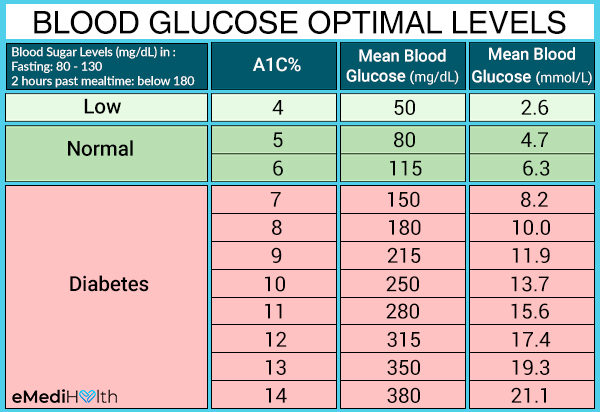



Diabetes 101 How To Lower Blood Sugar Levels Emedihealth




Glycaemic Variability In Diabetes Clinical And Therapeutic Implications The Lancet Diabetes Endocrinology



2




Postprandial Dynamics Of Plasma Glucose Insulin And Glucagon In Patients With Type 2 Diabetes Treated With Saxagliptin Plus Dapagliflozin Add On To Metformin Therapy Endocrine Practice
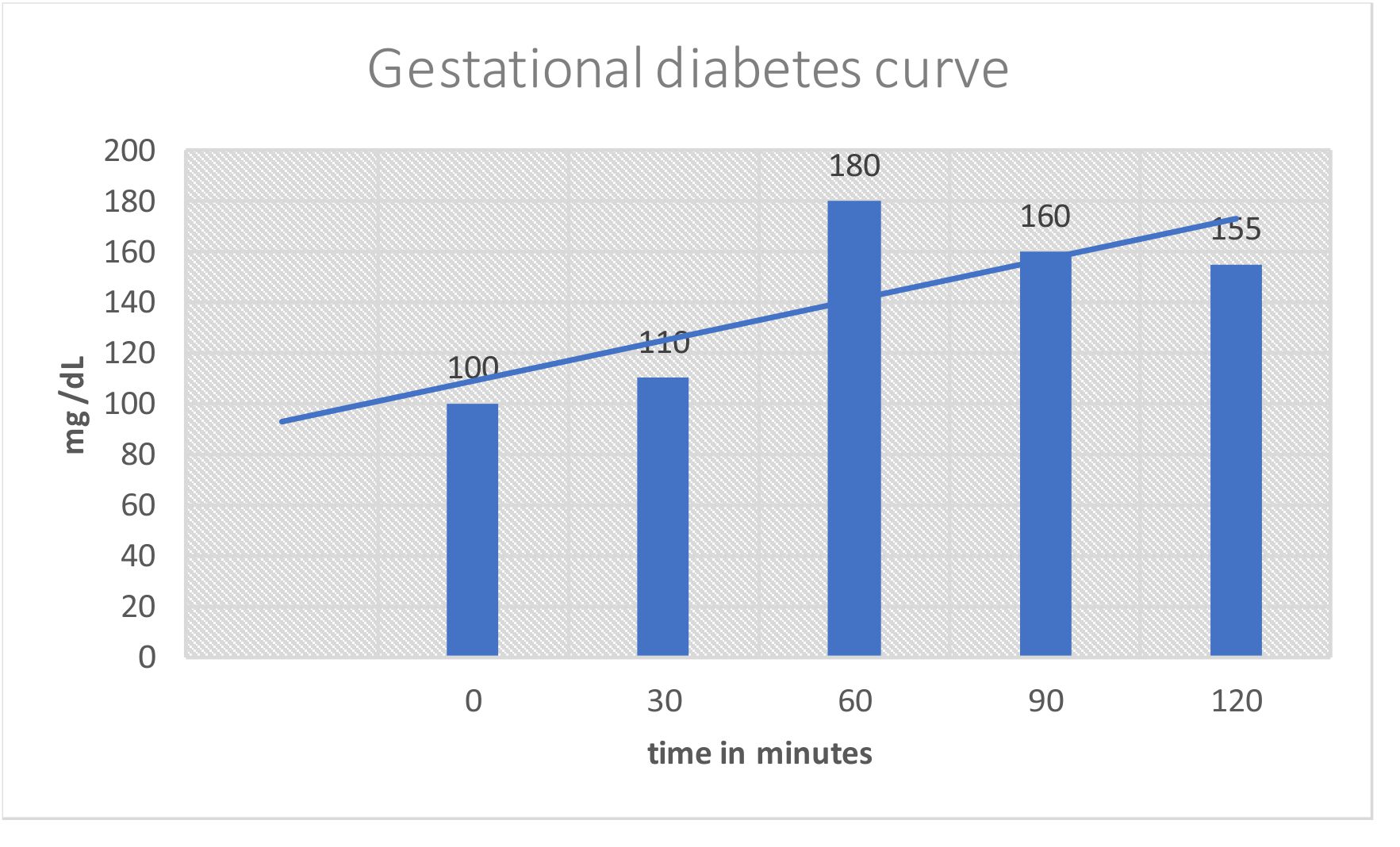



Diabetes Mellitus Part 4 Gestational Diabetes Mellitus Oral Glucose Tolerance Test Ogtt Labpedia Net




The Official Journal Of Attd Advanced Technologies Treatments For Diabetes Conference Austria Vienna February 14 17 18 Diabetes Technology Therapeutics
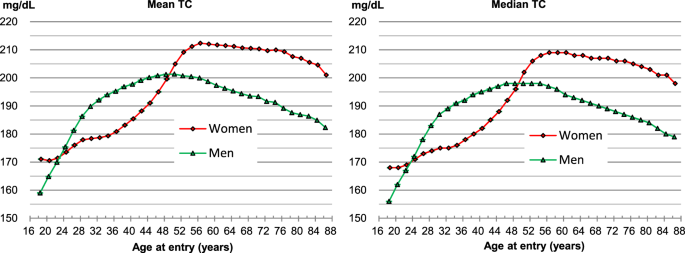



Total Cholesterol And All Cause Mortality By Sex And Age A Prospective Cohort Study Among 12 8 Million Adults Scientific Reports




Time Above 180 Mg Dl A Comparison Of Mean Hours Per Day In Download Scientific Diagram




Changes On Blood Glucose Level Mean Sd Mg Dl In Groups Of Normal Download Table




What Is A Normal Blood Sugar Level Diabetes Self Management




Use Of Continuous Glucose Monitoring Leads To Diagnosis Of Hemoglobin C Trait In A Patient With Discrepant Hemoglobin A1c And Self Monitored Blood Glucose ce Clinical Case Reports




High Blood Sugar Symptoms Causes Signs And Taking Control
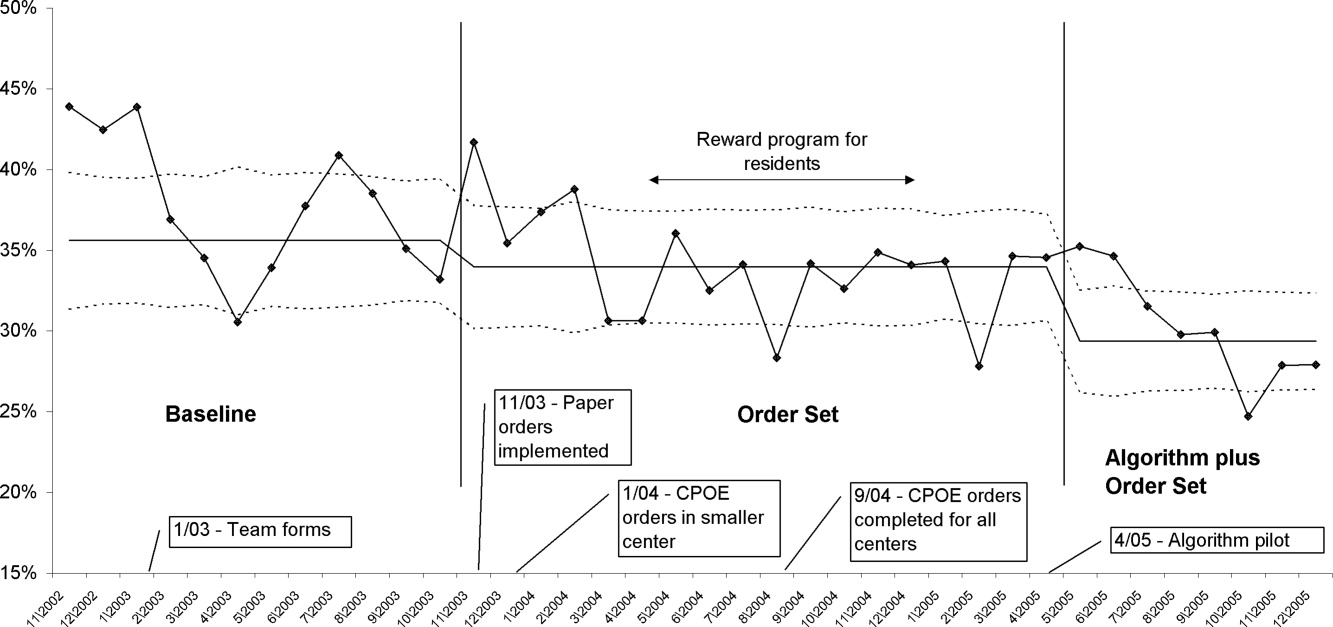



Improved Glycemic Control And Hypoglycemia Journal Of Hospital Medicine




Pdf Validation Of Time In Range As An Outcome Measure For Diabetes Clinical Trials Semantic Scholar




Randomized Crossover Comparison Of Automated Insulin Delivery Versus Conventional Therapy Using An Unlocked Smartphone With Scheduled Pasta And Rice Meal Challenges In The Outpatient Setting Diabetes Technology Therapeutics



0 件のコメント:
コメントを投稿